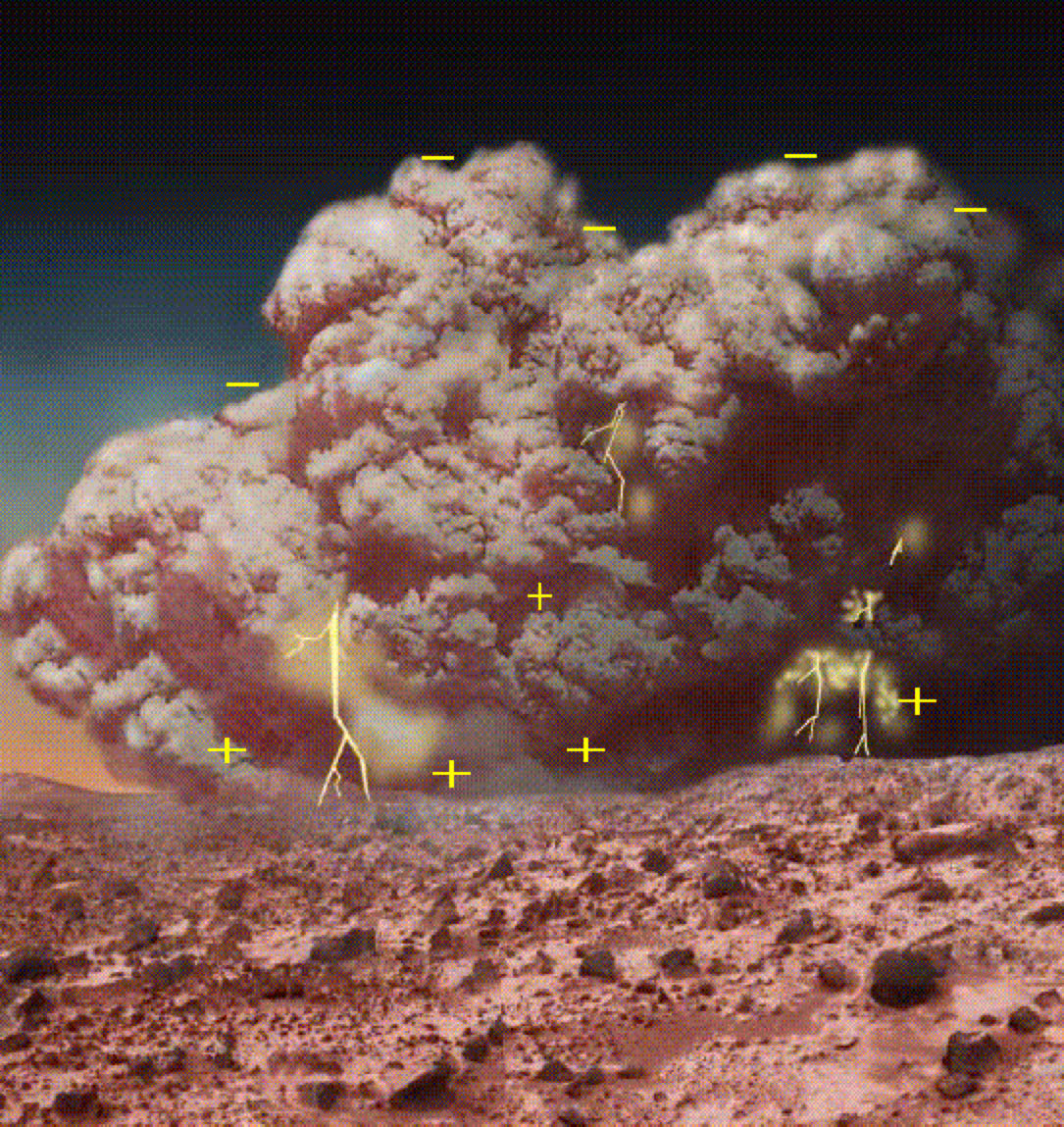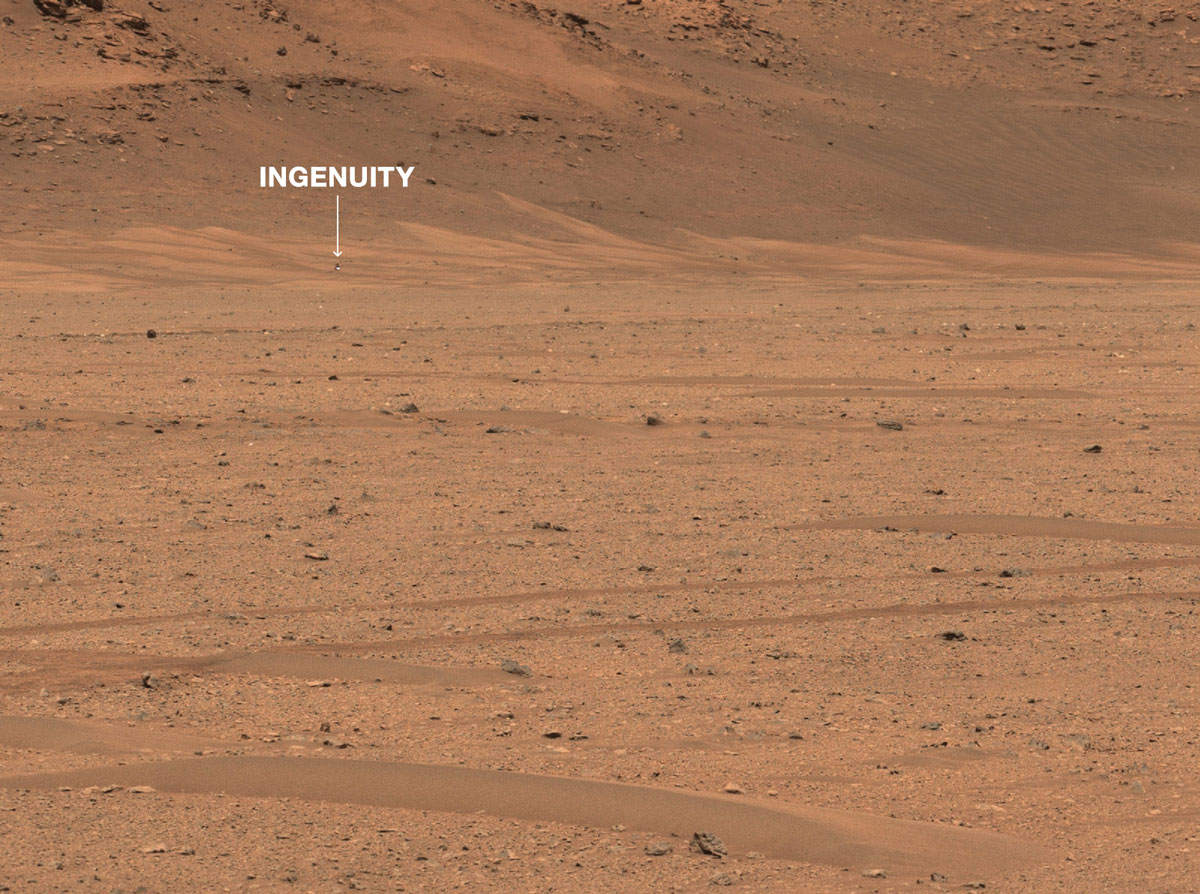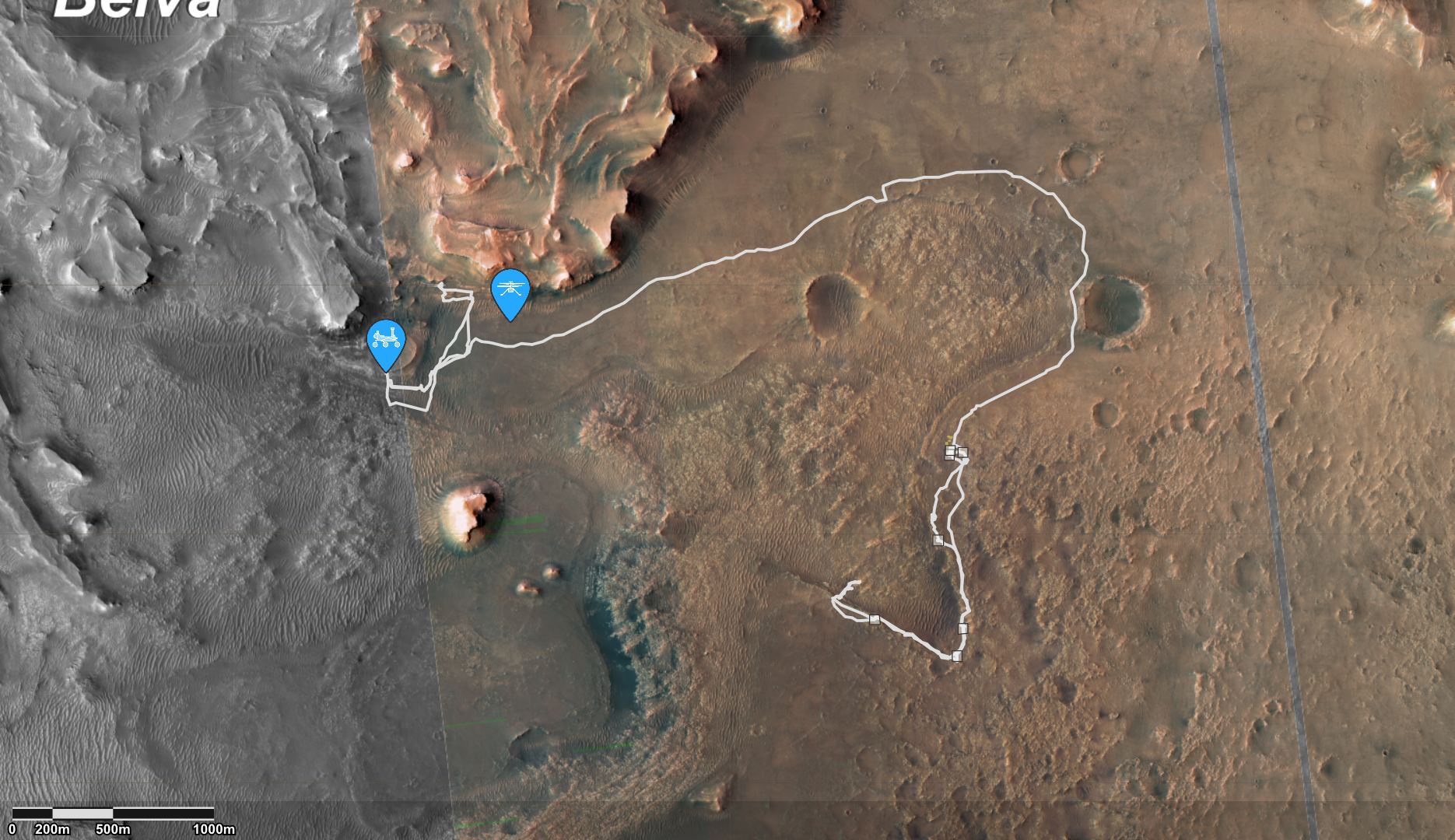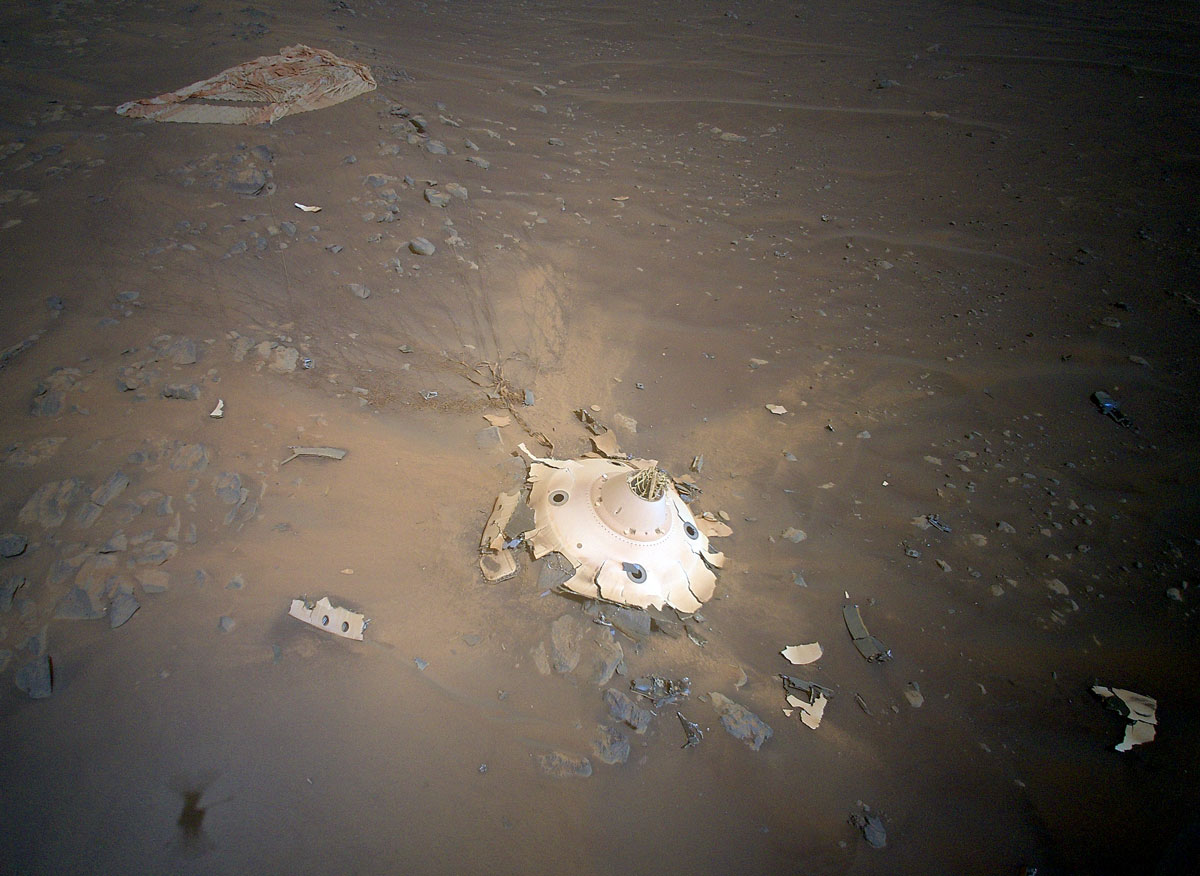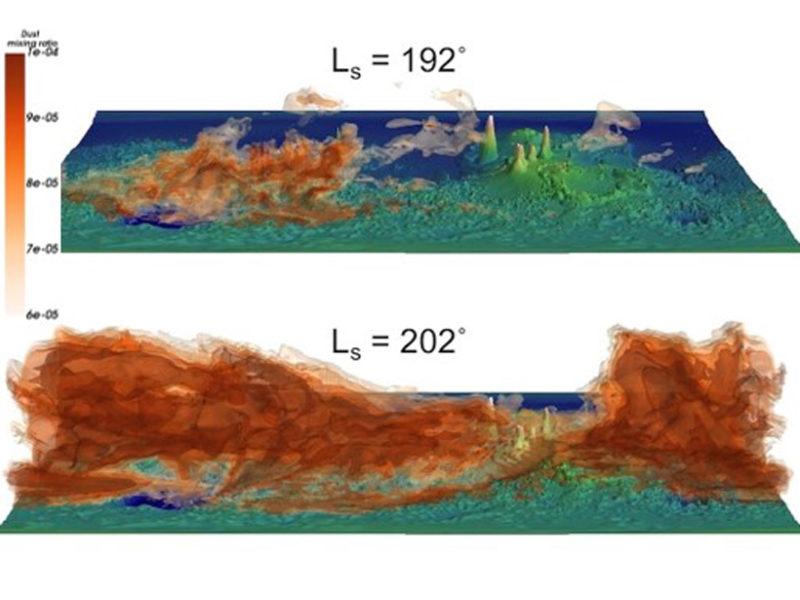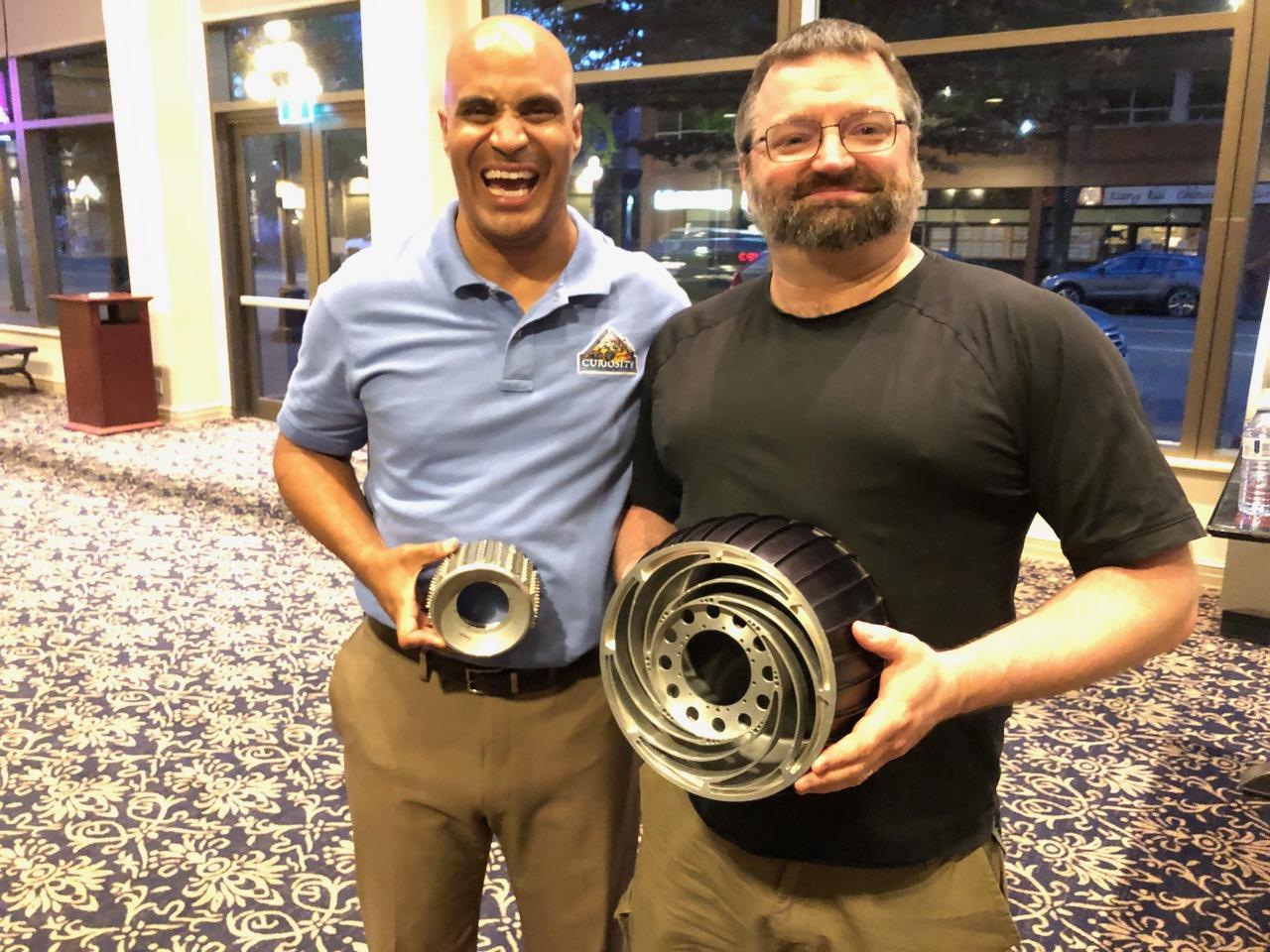Dust storms are a serious hazard on Mars. While smaller storms and dust devils happen regularly, larger ones happen every year (during summer in the southern hemisphere) and can cover continent-sized areas for weeks. Once every three Martian years (about five and a half Earth years), the storms can become large enough to encompass the entire planet and last up to two months. These storms play a major role in the dynamic processes that shape the surface of Mars and are sometimes visible from Earth (like the 2018 storm that ended the Opportunity rover’s mission).
When Martian storms become particularly strong, the friction between dust grains causes them to become electrified, transferring positive and negative charges through static electricity. According to research led by planetary scientist Alian Wang at Washington University in St. Louis, this electrical force could be the major driving force of the Martian chlorine cycle. Based on their analysis, Wang and her colleagues believe this process could account for the abundant perchlorates and other chemicals that robotic missions have detected in Martian soil.
Continue reading “Dust Storms on Mars Generate Static Electricity. What Does This Do to Its Surface?”
